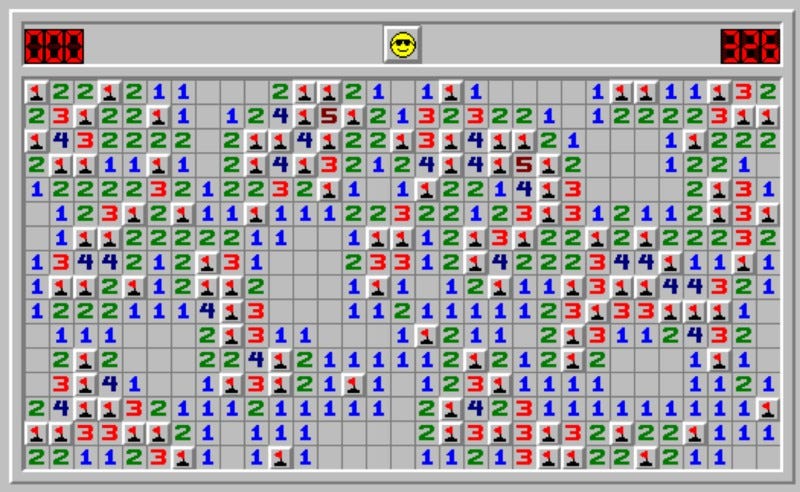Minesweeper, a classic and addictive computer game, has entertained millions since its inception. A game of strategy and deduction, Minesweeper challenges players to navigate a minefield and unearth hidden mines without triggering an explosion. Whether you’re a Minesweeper beginner or looking to sharpen your skills, this guide will unravel the tactics to help you become a Minesweeper maestro.
1. Understanding the Basics:
Minesweeper is typically played on a grid, with squares representing hidden mines, numbers indicating the proximity of mines, and clear squares that are safe to click. The goal is to uncover all safe squares without detonating any mines.
2. Start with the Corners:
When beginning a Minesweeper game, click on a corner square. This initial choice opens up a larger area and increases the chances of revealing safe squares. Avoid clicking in the center, as it reduces the number of squares exposed in the first move.
3. Decipher the Numbers:
Numbers on revealed squares provide vital information. A number indicates the count of mines in adjacent squares. Use this information to strategically deduce and mark potential mine locations. For instance, if a square displays ‘1,’ it means there is one mine in the neighboring squares.
4. Flagging Mines:
Right-click on a square to flag it as a potential mine. This is a crucial strategy to keep track of suspected mine locations and prevent accidental clicks. If you believe a square contains a mine, flag it. If you’re unsure, leave it unflagged.

Also Read: Pune: Google search helped duo identify homes to rob; aide held, mastermind on the run
5. Use the Chord Function:
Advanced Minesweeper players utilize the chord function. If a square with a number is surrounded by flagged mines equal to the number, you can click on the number and all adjacent unflagged squares will be revealed. This is a powerful tactic to uncover safe squares efficiently.
6. Probability and Patterns:
As you progress, Minesweeper becomes a game of probability. Analyze the revealed numbers and patterns on the board to deduce the locations of mines. If a square has a ‘3’ and two mines are already flagged nearby, the remaining adjacent square is likely safe.
7. Risk Assessment:
Sometimes, Minesweeper requires a calculated risk. If all adjacent squares of a number are flagged, you can confidently click on the number to reveal surrounding safe squares. However, be cautious and avoid unnecessary risks.
8. Practice Patience:
Minesweeper rewards patience and careful observation. Rushing can lead to errors and inadvertent mine detonations. Take your time, analyze the board, and make informed decisions.
Minesweeper is a game of intellect, requiring a combination of logic, deduction, and a bit of luck. By mastering these tactics, you’ll not only increase your Minesweeper proficiency but also discover the thrill of navigating a minefield with strategic finesse. So, don your virtual detective hat, sharpen your deductive skills, and embark on the journey to become a Minesweeper master. May your clicks be calculated, your flags be strategic, and your mines be defused!
Also Read: Essential Skills for Technical Professionals: Navigating Success in the Digital Landscape











